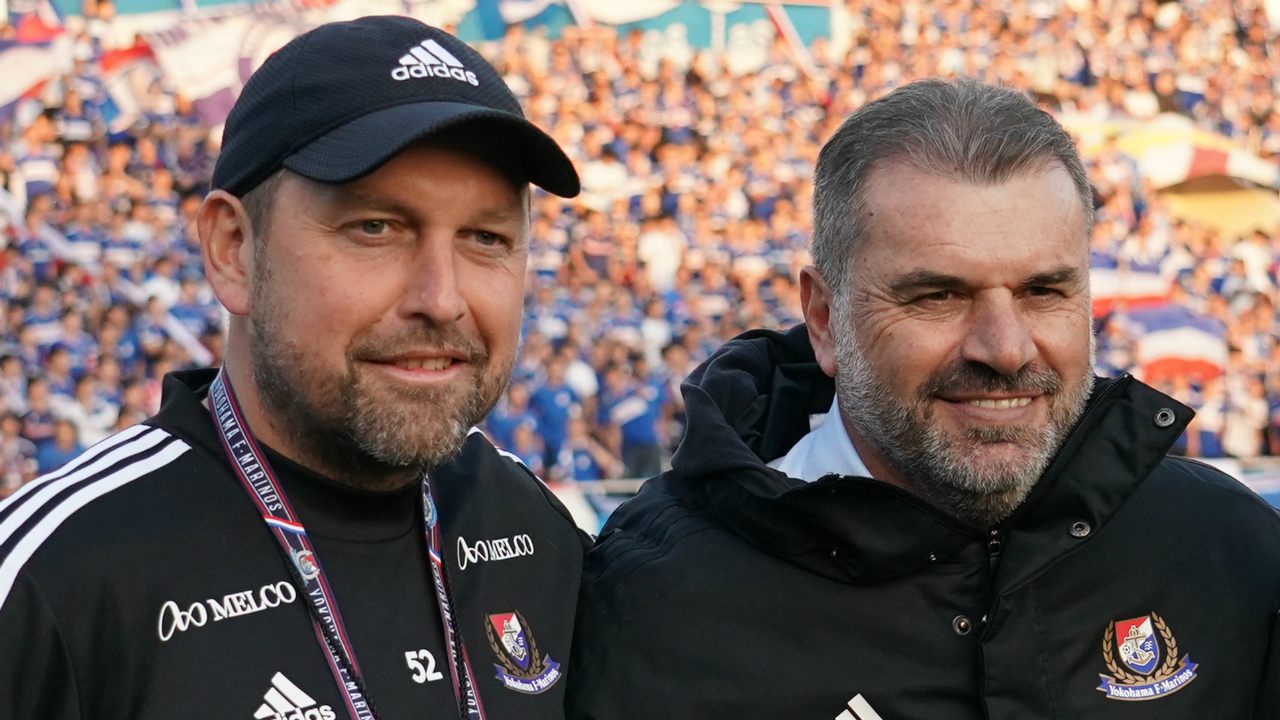Even those who are not familiar with the Japanese system could not fail to have seen the strides made by the country this century as well as the growing quantity and quality of exports active in the biggest and best leagues in the world.
No surprise then, when the Chinese Football Association (CFA) started to think seriously about how to revolutionise its youth development system early last decade, then it looked at the Japanese model. And it was also no surprise that the CFA also called Tom Byer.
Byer is from the United States and finished his playing career in Japan in the late eighties. He has been coaching children in the Land of the Rising Sun for over 20 years and, as well as advising and working with the Chinese government, he has been in demand from associations and clubs all over the world.
Japan remains his home, however, as well as the place for his various coaching schools. There are plenty of advantages that the country offers to those who want to coach children.
“Most players have a very good technical foundation at the youngest ages which makes coaching much easier,” Byer told The World Game.
“Japanese players are very coachable as they are eager to learn. Football is very well organised and there is lots of competition.”
Compared to Australia, it is often cheaper for youngsters to play.
“The costs for entry is very low so the sport is accessible to most who want to participate.”
How much it can be can vary in different parts of the country but the average for Under-12s would be, according to Byer, around A$45 per month.
“There is no on/off season so they would pay 12 months per year starting from April-May. Most coaches at this age group are volunteers and the teams use school grounds for free. These teams are not connected with Schools and are almost all non-profit organisations.”
The best way to the top is perhaps to get picked up by J.League clubs at an early age.
“Most J.League teams start selecting players to play from 11 years old and there are three categories: U12, U15, U18. Most J.League Academies try to keep 50% of the previous years players in their squad while they move up the pyramid. The eventual goal is to try and sign at least one or two players from the academy.”
Japan has local, regional and a national elite training schools but many follow a different path.
“Japan has the JFA Academy, however this is a pay to play model to attend. They do get on average 200 applicants per year to join and the level is quite good, but they do pay money to attend.
"On the Women’s side this is a very important pathway for top level Football for young Girls. Many do go on to play for national teams. A majority of the best high school aged players are either already in J.League academies or they go on to play at the many football-specific high schools.”
National high school tournaments are big deals in Japan with big crowds, finals can attract 50,000, and widespread media coverage.
“It is still very popular. Some of the best players will go on to play for J.League clubs and national teams as well. But the best of the best are usually coming from the J.League teams.”
The Japanese way of playing is known around the world though Byer adds there is no set national curriculum.
“But there are coaching courses for coaches to attend that are accessible. There is an emphasis on skill development.
"There are lots of manuals on how to coach kids. They are put out by the JFA but there is no national curriculum like there is in Australia.”
There is a lot to like - and copy - about the Japanese youth development system but that does not mean that it is perfect.
“Japanese coaches are very results-driven so less developed kids don’t get as much playing time,” said Byer.
”Most competition is through tournaments. All the different age groups have national tournaments which are very prestigious so winning is very important for coaches.”
Finals with 50,000 and national television coverage sounds great but Byer points out that it can place immense pressure on children.
Overall however, Japan has set the benchmark for Asia.










